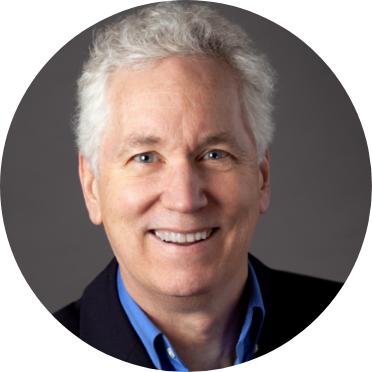At the sprawling, 7000-acre Research Triangle Park (RTP), which sparked the growth of the Triangle, job growth slowed profoundly about 20 years ago. Faced with increasing competition from downtown Durham and downtown Raleigh, Research Triangle Park has been trying for 15 years, unsuccessfully, to create a center that will draw creative types. Its latest efforts involve programming concerts, DJs, magic shows, and other “fun” about 20 days a month. Will trying to draw people evenings and weekends turn the place around?
RTP was the South’s answer to Route 128, a sprawling, work-in-the-woods, 2000-acre business park providing splendid isolation for big companies like IBM, Nortel, and Glaxo Smith Kline, which have closed or left. In 2010, RTP hired academic architects Cooper Robertson to update its master plan, and then in 2015 Hines, Gensler, and HR&A created a follow-up plan for the 100-acre “Park Center” that went nowhere. In 2018, a shopping center developer proposed something even more generic, the 45-acre “RTP Hub”. Finally, in 2021, RTP created the “Boxyard”, a stage and stack of shipping containers intended to be an entertainment center for the 50,000 people working there.
How many people, facing a long commute home, want to stay after work or return there on Saturdays? Post-pandemic, RTP can’t compete with more interesting places like central Raleigh, Durham, or Chapel Hill, where you can both live and bike to work. Because of its centrality in the region, RTP could become a gathering place for company meetings one or two days a week, but to become a complete and interesting place, it will need a lot more residents and far more kinds of activity.

